It was the famous movie scene which was shot in a giant fish tank and brought the Tay Bridge disaster to life on the big screen.
The sequence for Paramount’s Hatter’s Castle was filmed at the massive Denham Studios in a 60ft by 70ft tank with six wind machines producing mountainous waves.
The scale-model set in Buckinghamshire was complete with railway station, platform, signal box and replica North British Railway Company locomotive and its coaches.
The reconstruction was shot for the 1942 film adaption of AJ Cronin’s first book which features the only on-screen representation of the 1879 Tay Bridge disaster.
Highland farm
Cronin, who went on to create Dr Finlay’s Casebook, was born in Cardross on the banks of the Clyde and trained in medicine at Glasgow University.
He was recovering from an attack of gastric ulcers on a farm in the Highlands in 1931 when he wrote Hatter’s Castle which made him an overnight success.
A surprisingly fast writer, Cronin wrote on average 5,000 words per day having carefully planned details of his plots in advance.
He gave up being a GP, moved to Hollywood and eventually, Switzerland.
The film version was made by Paramount British Pictures and stars Robert Newton, Deborah Kerr, James Mason, and Emlyn Williams.
Hatter’s Castle was about a Scottish hat-maker called Brodie who discovers that his eldest daughter Mary is heavily pregnant and kicks her out of his house.
Mary nearly drowns in a river before finding a barn where she gives birth to her premature child which dies.
The man who made Brodie’s daughter pregnant, a happy-go-lucky Irishman called Denis Foyle, was travelling on a train bound for Dundee to rescue Mary.
What follows is the film’s version of the Tay Bridge disaster.
However, the film shows the low deck trusses collapsing.
A description of the scene being shot featured in Kinematograph Weekly in August 1941 which was a trade paper catering to the British film industry.
“As Emlyn Williams walked on to the scene which Lance Comfort was directing the technicians went into action.
“Not only was the camera and sound crew concerned – a score of effects were involved.
“The rain poured down, the engine released a few preliminary puffs of steam, then the 6ft wheels started to turn, and – the last ride over the Tay Bridge had started.”
Robert Newton was a star turn
The film was a box office success in 1942 and was described by Variety magazine as “artistically produced, photographed and acted”.
It read: “It is the story of a strong, hard Scotsman of Gladstonian days, who rules his household with the proverbial iron rod and turns his daughter out to almost certain death in a storm on learning of her dishonour.
“His only indication of affection is that for his schoolboy son, for whom he has exalted ambitions. It is a character drawing so strongly ruthless as to be fascinating.
“The leading lady is Deborah Kerr, charming and sincere as the daughter; the juvenile lead of Doctor Renwick is restrainedly played by James Mason.”
Robert Newton gave the performance of his career as Brodie which was also praised by the New York Times when the movie was finally released in the US in 1948.
“As the cruelly wronged and ill-used daughter, Miss Kerr is most touching to behold and Mr Mason is surprisingly humble as the young doctor who loves her from afar.
“Beatrice Varley is extremely affecting as the tyrant’s long abused wife.
“The production is picturesque and proper.
“But too much monstrousness grows weighty toward the end.”
Popular subject
Iain Flett from the Friends of Dundee City Archives said other written representations of the Tay Bridge disaster include Alanna Knight’s 1976 book A Drink for the Bridge, plus The Blood Doctor, by Barbara Vine, published in 2002, and a play by Kevin Dyer named The Bridge, staged at Dundee Rep in 2010.
Death Came Swiftly by William Abrams was the latest book to feature the tragedy.
Abrams was born in New York, a city of islands, and it was apparently there his fascination with bridges first developed.
Its publicity assures us that it is “a gripping historical novel which offers powerful and evocative characters, intriguing conflicts, and fascinating period detail, at the centre of which is a heart-breaking love triangle”.
“One of the deaths in the disaster was a plot point (not to mention a murder in another train) in Barbara Vine’s (Ruth Rendell) The Blood Doctor (2002),” said Mr Flett.
“Lord Nunther, who sits in the soon-to-be-abolished House of Lords, decides to write a biography of his ancestor, Queen Victoria’s physician-in-ordinary and an expert on haemophilia.
“In the course of his researches, he discovers that Lord Nunther kept a mistress he cast off, jilted two other women and, when his fiancée was murdered, married her sister instead.
“The centenary brought the outstanding, meticulously researched, dramatization of the disaster by John Prebble in his The High Girders: highly readable, it tells the story from multiple viewpoints, such as the bored young boys watching from the bedroom window who witness the disaster, the old highlanders who professed the bridge doomed from the outset and the young woman on the ill-fated train, carrying a love letter from the man she hoped to marry…
“Previous to that in 1977, Alanna Knight MBE (of the ‘Inspector Faro’ series) produced A Drink for the Bridge.
“Among her characters lost, or who by a stroke of fate missed the train, were a cross section of Victorian society; from the wealthy Clara Thoms, whose only concern was that her dinner party had been ruined by this inconvenience, to the poor servant lass Rosie, an unmarried mother with a crippled daughter living on the other side of the River Tay.
“And apart from the prose there was the poesy, of which the most highbrow was by Theodor Fontane, the writer who is considered the first master of modern realistic fiction in Germany.
“Within ten days after the fall he penned Die Brücke am Tay, written in the style of a Scottish ballad headed off by a line from the witches in Shakespeare’s Macbeth.
“And the poem which has been translated into Russian, Japanese and Romanian, can be recited from heart by most Dundonians, and, unlike Die Brücke am Tay, is still read with delight by primary school children all over the world is by none other than Dundee’s very own William (Topaz) McGonagall.
“What folk tend to forget about our much-maligned McGonagall is that 1879 was only eight years after the Education Act which gave Scots free schooling till the age of 13, which meant that he had a ready and grateful semi-literate working-class audience who were more than happy to buy his news.
“A stunned Guardian and a Los Angeles Times reported in 2013 that one of The Bard’s unknown poems was to be auctioned by Bonham’s, no less, for an estimated £3,000.
“Who got the last laugh?”
More like this:
The ambitious crossing plan from Dundee to Fife – under the River Tay
When there was No Time To Die for James Bond writer Ian Fleming’s Dundee grandfather
Burning ambition: How Dundee actress sang her way into the spotlight in The Wicker Man
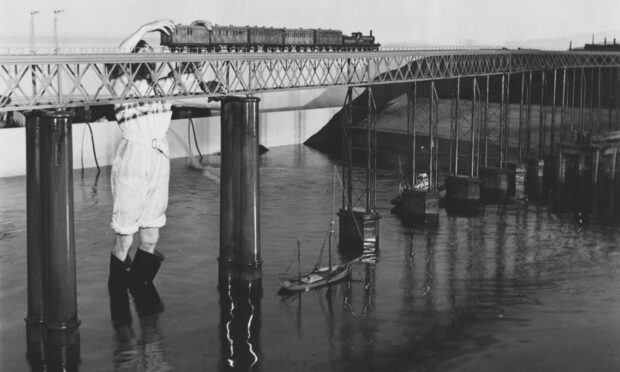
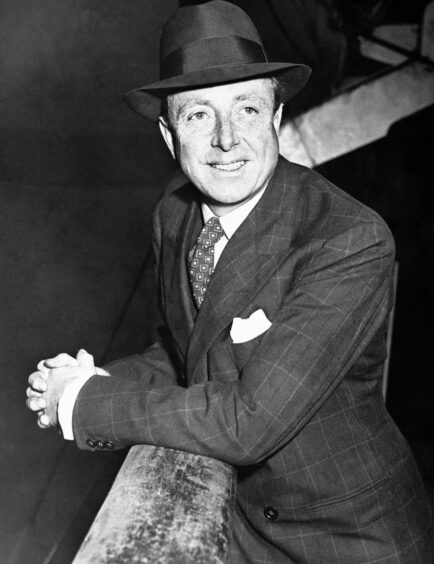
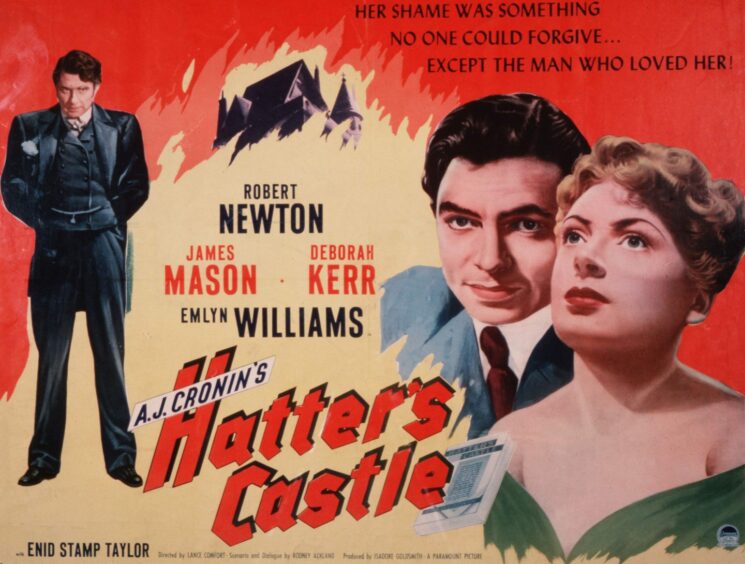
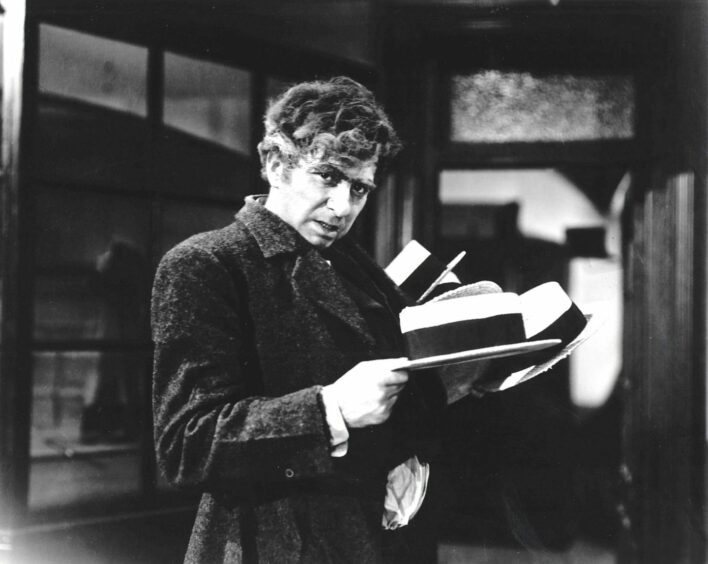
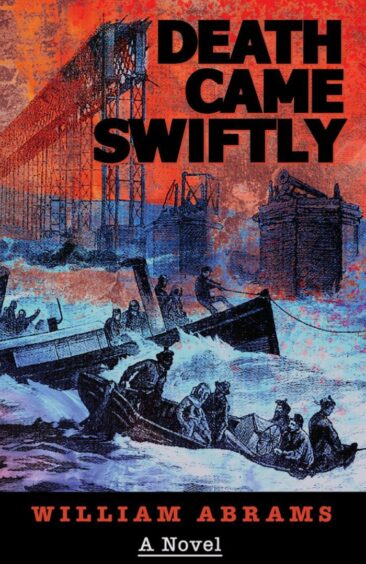
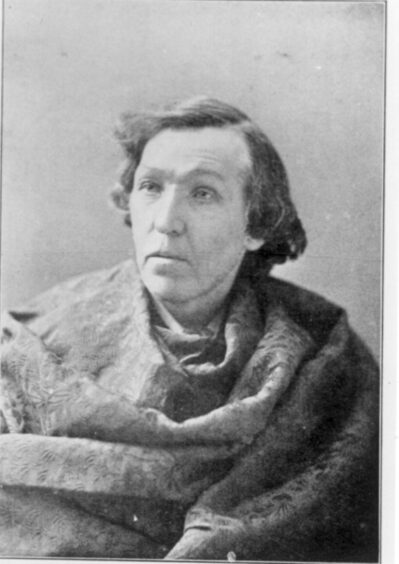










Conversation